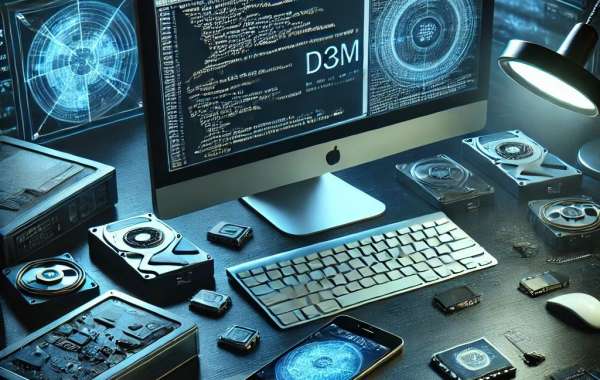In today's digital age, crimes are increasingly being committed through electronic devices and online platforms. Digital forensic investigation is the specialized field that focuses on recovering and analyzing digital evidence from devices such as computers, smartphones, and servers. With the rise of cybercrime, the importance of forensic technology and digital evidence has never been more significant in solving complex cases. This guide will explore how digital forensic investigations are carried out and the role of advanced forensic technology in uncovering the truth.
What is Digital Forensic Investigation?
Digital forensic investigation involves the collection, preservation, analysis, and presentation of digital evidence. This evidence is essential in both criminal and civil cases, where technology is at the core of the crime. Forensic investigators utilize specialized software and techniques to recover data from devices that may have been deleted, damaged, or encrypted. These experts often work alongside law enforcement and legal teams to ensure the evidence can be used in court proceedings.
How Digital Evidence and Forensic Technology Aid in Investigations
Digital evidence can take many forms, including emails, documents, photos, videos, and even metadata associated with digital files. In forensic investigations, this evidence is carefully extracted using advanced forensic technology to ensure its integrity and validity. Forensic technology, such as disk imaging tools and data recovery software, enables investigators to retrieve information from damaged or tampered devices, making it possible to piece together the events leading up to a crime.
Digital forensic investigation plays a crucial role in modern law enforcement and legal processes, as criminals increasingly use technology to facilitate illegal activities. A digital forensic investigation begins with the collection of digital evidence, which can come from a variety of sources. These include computers, mobile phones, hard drives, cloud storage, and even IoT devices. The aim of the investigation is to uncover facts surrounding a crime by analyzing the data stored or transmitted through digital systems.
Digital evidence is often the key to solving cases involving hacking, identity theft, fraud, and other forms of cybercrime. The process of digital forensics goes beyond just retrieving information. It involves validating the authenticity and accuracy of the data to ensure it holds up in court. Digital forensics experts follow strict protocols to preserve the integrity of the evidence, ensuring that it is not altered during the investigation process.
The role of forensic technology in these investigations cannot be overstated. Cutting-edge tools are employed to retrieve data from devices that are damaged, encrypted, or otherwise inaccessible. One of the most commonly used tools is disk imaging software, which creates a copy of a storage device for further examination. Forensic investigators can use this copy to search for evidence without ever touching the original data, thus ensuring its integrity is maintained.
Another essential forensic technology is data recovery software. This type of software can retrieve deleted files and even access data that might have been hidden or obfuscated by the perpetrator. In some cases, investigators use specialized techniques to extract information from encrypted files or wiped devices, utilizing algorithms and decryption methods to decode the data.
Moreover, digital evidence is often used in combination with other investigative techniques to build a case. For example, network analysis tools can track an individual’s online activities, while email and text message records can help identify communication between suspects. In criminal cases, digital forensic investigators may work alongside traditional detectives to cross-reference digital evidence with physical evidence or witness statements.
Conclusion:
Digital forensic investigation is an evolving field that plays a pivotal role in modern law enforcement. By using advanced forensic technology to recover and analyze digital evidence, investigators can uncover crucial information that would otherwise remain hidden. As technology continues to advance, so too will the tools and techniques available to digital forensic experts, ensuring that justice can be served in an increasingly digital world.














